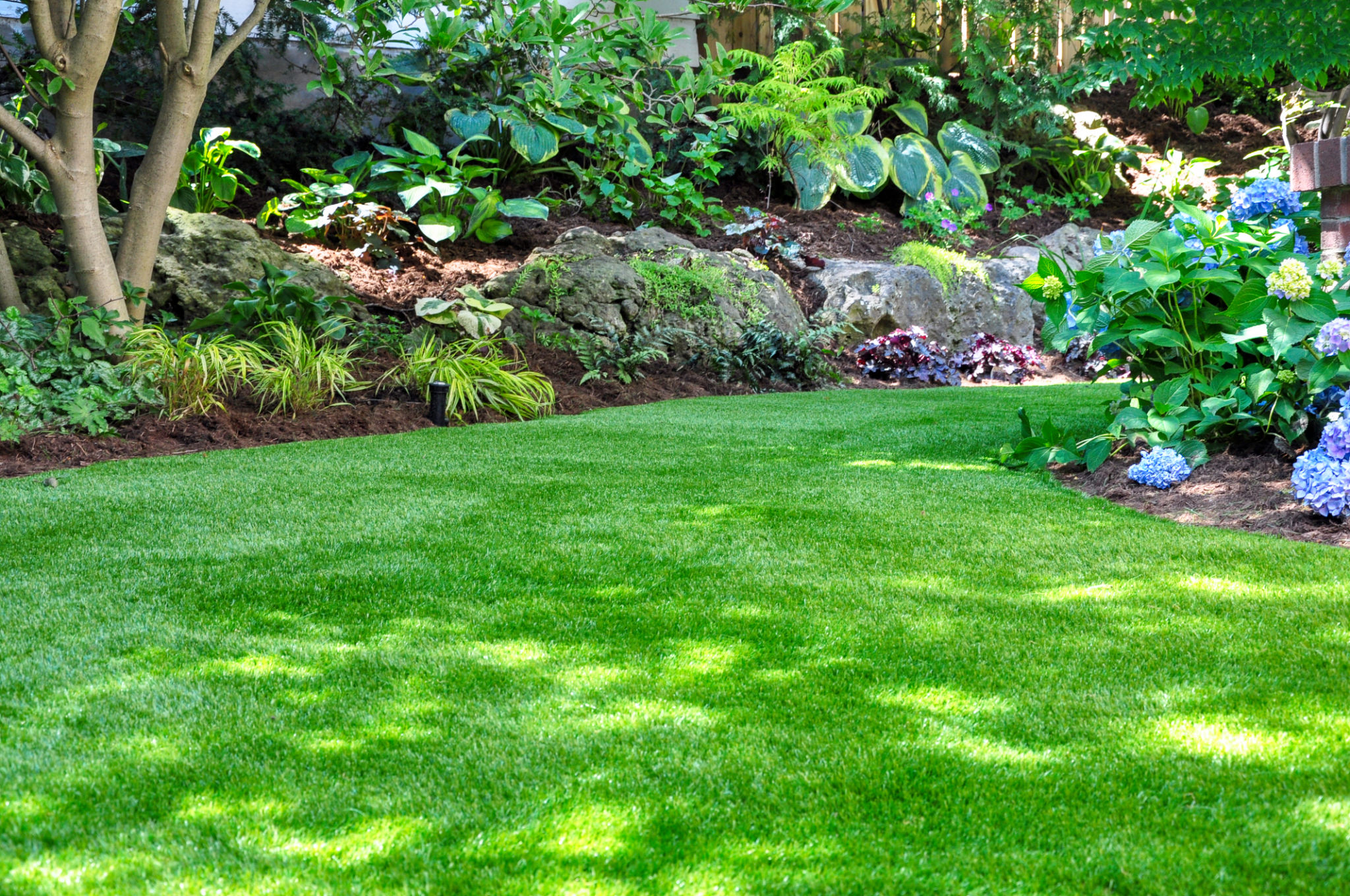Seasonal Landscaping Tips: Preparing Your Yard for Spring
Clear Away Winter Debris
As the chill of winter fades, your first task in preparing your yard for spring is to clear away the debris that has accumulated over the past few months. Remove fallen leaves, twigs, and other organic matter that could smother new growth. This not only tidies up your landscape but also exposes the soil to sunlight, encouraging healthy growth.
Raking your lawn thoroughly can also prevent mold and disease from taking hold. Pay special attention to areas under trees and shrubs where debris tends to accumulate. A clean slate will allow you to better assess your yard’s needs and plan for the upcoming season.

Revitalize Your Soil
After clearing debris, it's time to focus on your soil. Winter can deplete soil nutrients, so revitalizing it is essential for a thriving garden. Start by testing your soil's pH levels and nutrient content. Home testing kits are available at most garden centers, providing insights into what your soil may lack.
Once you've determined your soil’s needs, consider adding organic matter such as compost or well-rotted manure. These amendments enrich the soil, improve drainage, and promote root growth. A well-balanced soil gives plants the foundation they need to flourish.

Prune and Trim
Spring is the perfect time to prune trees and shrubs. Pruning encourages healthy growth and helps shape plants for a neat appearance. Focus on removing dead or damaged branches, as well as any that cross or rub against each other. This not only improves the plant’s form but also prevents disease.
When trimming, remember to use sharp, clean tools to avoid damaging plants. For flowering shrubs like hydrangeas or roses, pruning should be done just before buds break. This ensures you don’t lose any blossoms for the season.
Fertilize for Growth
Fertilizing is a critical step in preparing your yard for spring. Apply a balanced slow-release fertilizer that suits the needs of your specific plants. This can significantly enhance growth and color as the weather warms up.
Be mindful of the timing when applying fertilizer; doing so too early or too late can be ineffective or even harmful. Follow the instructions on the fertilizer package carefully, and consider using a spreader for even distribution across larger areas.

Plan Your Planting
Spring is an exciting time to plan new plantings. Whether you're adding perennials, annuals, or vegetables to your garden, taking the time to map out where everything will go can save you headaches later. Consider factors like sunlight, soil type, and water requirements when deciding where to place new plants.
When selecting plants, opt for native species that are adapted to your local climate and soil conditions. These plants are typically more resilient and require less maintenance, allowing you to enjoy a lush garden with minimal effort.
Mulch for Moisture
Mulching is an excellent way to conserve moisture, suppress weeds, and regulate soil temperature. Apply a 2-3 inch layer of mulch around trees, shrubs, and flower beds. Choose organic mulch like wood chips or bark for added nutrients as they break down over time.
Avoid piling mulch directly against plant stems or tree trunks, which can lead to rot. Instead, create a "donut" shape around each plant to promote healthy growth and prevent pest issues.

Irrigation System Check
As spring approaches, ensure your irrigation system is in top condition. Check for leaks or clogs in hoses and sprinkler heads. Adjust timers and settings to accommodate the changing weather conditions and watering needs of your plants.
If you don’t have an irrigation system, consider setting one up for efficient water use throughout the growing season. Drip irrigation systems are particularly effective in delivering water directly to the root zone, reducing waste and promoting healthy plant development.
Prepare Lawn Equipment
Finally, prepare your lawn equipment for the season ahead. Sharpen mower blades for a clean cut that reduces stress on grass. Check that all equipment is in working order and replace any damaged parts as needed.
Regular maintenance of tools ensures they perform efficiently, saving you time and effort in maintaining your yard throughout the spring and summer months.